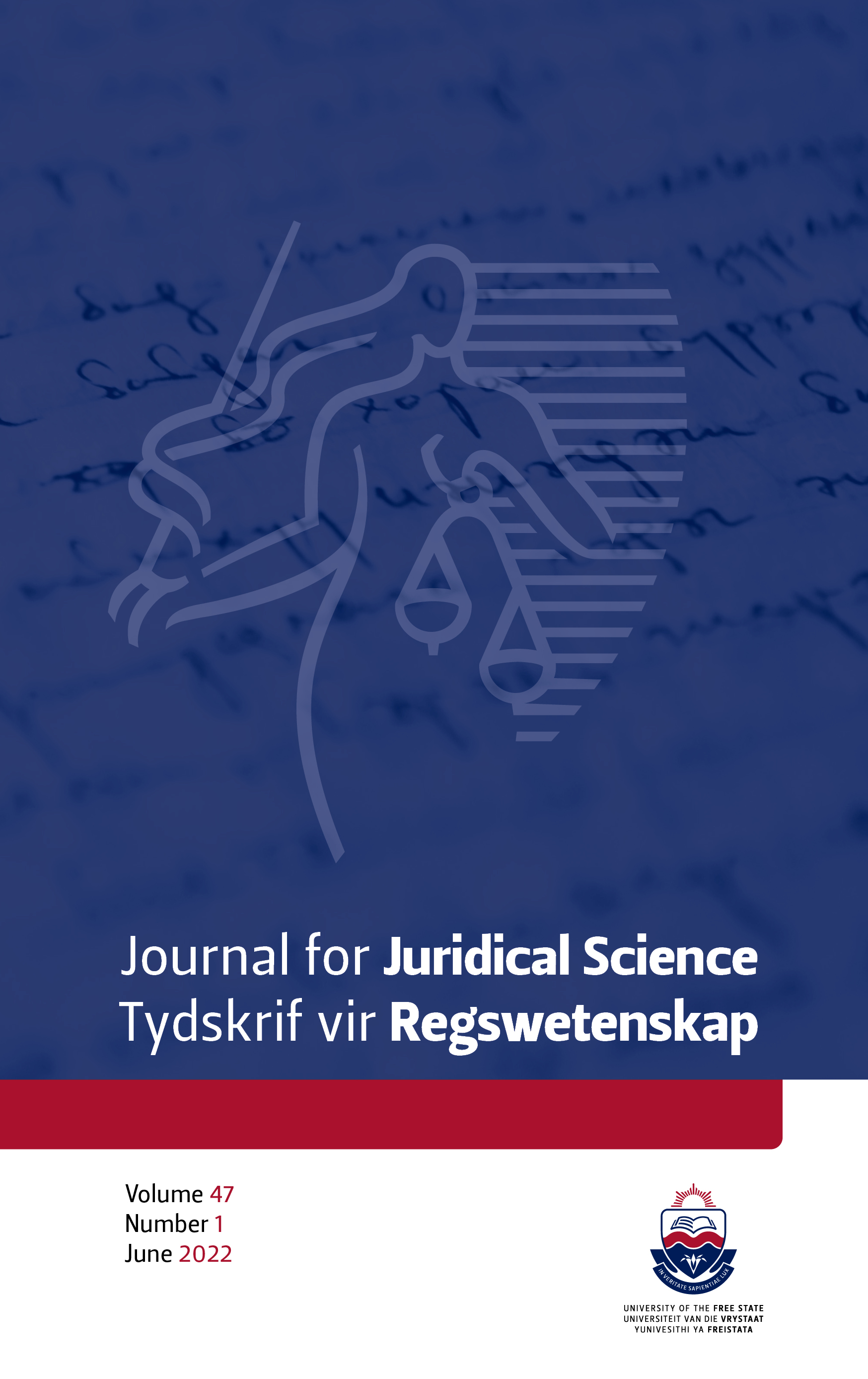The nature and extent of the landlord's tacit hypothec in insolvency law as differentiated from the position under common law
DOI:
https://doi.org/10.18820/24150517/JJS47.i1.2Abstract
The landlord’s tacit hypothec over movable property on a leased premises secures the payment of outstanding rent owed by a tenant to a landlord. The hypothec forms part of Roman-Dutch common law and is also recognised by the Insolvency Act 24 of 1936 for purposes of a tenant’s sequestration or winding-up.However, there are certain differences between the common law and the Insolvency Act when it comes to the nature and extent of the landlord’s security. After discussing the role of “perfection” of the hypothec (through attachment or interdict) with respect to the nature of the landlord’s security upon insolvency, the article investigates the ways in which the landlord’s rights differ before and during the tenant’s insolvency. These differences relate to the property covered, the nature of the debt secured, and the limitation of the amount of the landlord’s preference. The article also raises the question as to whether a constitutional argument, based on the property clause, could be formulated to challenge the restrictions placed on the landlord’s rights in terms of the Insolvency Act.
Downloads
##submission.downloads##
Published
Issue
Section
License
Copyright (c) 2022 Author(s)

This work is licensed under a Creative Commons Attribution 4.0 International License.




